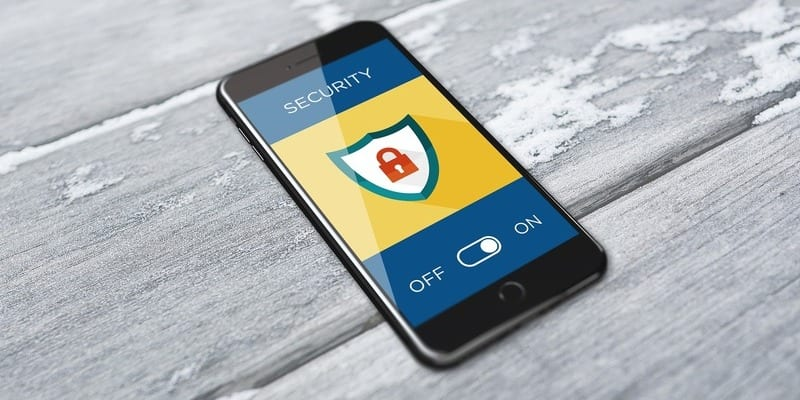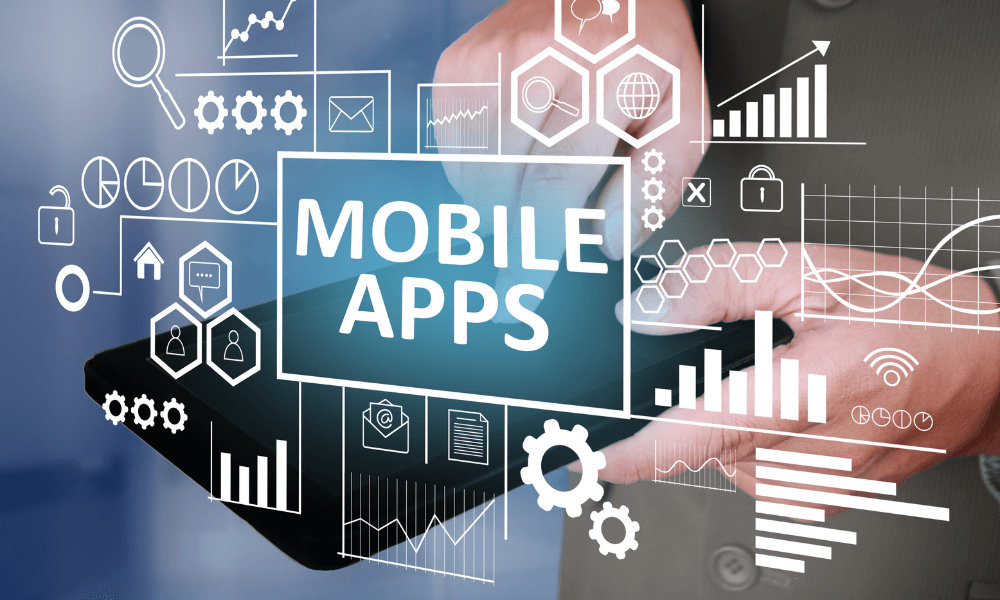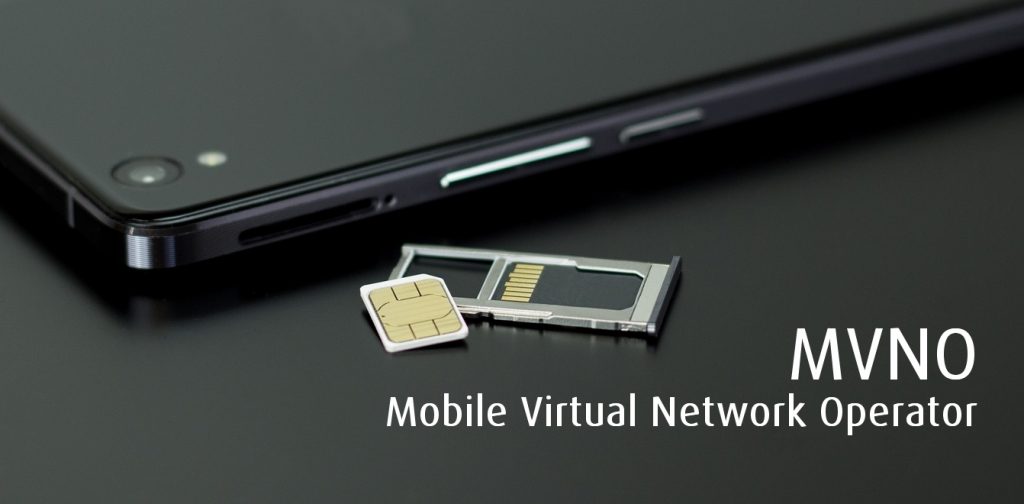The Total Rundown of Instant Messaging or ‘I.M.’
Instant Messaging, commonly known as I.M., has revolutionized the way we communicate in the digital age. From its humble beginnings as simple text-based chat platforms to the sophisticated and feature-rich applications we use today, I.M. has become an integral part of our daily lives. This article provides a comprehensive rundown of instant messaging, exploring its history, evolution, popular platforms, features, advantages, and impact on society. By delving into the world of I.M., we aim to understand its significance and how it has shaped modern communication dynamics.
A Brief History of Instant Messaging: Instant Messaging traces its roots back to the early days of online communication. In the 1960s, the Compatible Time-Sharing System (CTSS) allowed multiple users to send messages to each other on a central computer. However, it wasn’t until the late 1980s and early 1990s that the concept of instant messaging truly took off.
One of the first notable instant messaging platforms was the Israeli-created program called ICQ (I Seek You) in 1996. ICQ introduced the concept of a unique identifier, or UIN, allowing users to communicate with each other in real-time. Shortly after, in 1997, AOL Instant Messenger (AIM) was launched and gained significant popularity in the United States.

Evolution of Instant Messaging: As the internet and technology advanced, instant messaging platforms underwent significant transformations. In the early 2000s, the introduction of mobile phones with internet connectivity led to the emergence of mobile instant messaging applications. Apps like BlackBerry Messenger (BBM), WhatsApp, and Facebook Messenger revolutionized the way people communicated on the go.
With the rise of smartphones, instant messaging platforms evolved to incorporate multimedia features, such as the ability to send photos, videos, voice messages, and even make voice and video calls. These advancements made instant messaging more versatile and expanded its usability beyond text-based communication.
Popular Instant Messaging Platforms:
Today, numerous instant messaging platforms cater to different user preferences and demographics. Some of the most popular ones include:
- WhatsApp: With over two billion monthly active users worldwide, WhatsApp is one of the leading instant messaging applications. It offers end-to-end encryption, group chats, voice and video calls, and a range of additional features.
- Facebook Messenger: Built into the Facebook social media platform, Messenger boasts over 1.3 billion monthly active users. It provides text messaging, voice and video calls, group chats, and integration with other Facebook services.
- WeChat: Particularly dominant in China, WeChat has over a billion monthly active users globally. It offers a multitude of features, including messaging, voice and video calls, mobile payments, social networking, and even access to mini-programs.
- Slack: Primarily designed for workplace communication and collaboration, Slack allows teams to communicate through channels, direct messages, voice and video calls, and file sharing. It has gained popularity among businesses of all sizes.

Key Features and Advantages of Instant Messaging:
Instant messaging platforms come with a range of features that enhance communication and user experience. These include:
- Real-time communication: Instant messaging facilitates instant and synchronous communication, allowing users to have conversations in real-time.
- Multimedia support: Users can exchange photos, videos, voice messages, and files through instant messaging platforms, enabling richer and more expressive conversations.
- Group chats: Instant messaging platforms enable users to create groups, making it easier to communicate and collaborate with multiple people simultaneously.
- Voice and video calls: Many instant messaging apps provide voice and video calling features, allowing users to have audio and visual conversations with friendsand family, no matter where they are located.
- Privacy and security: Several instant messaging platforms prioritize user privacy, ensuring that conversations and data remain confidential.
- Accessibility: Instant messaging apps are available on various devices and platforms, including smartphones, tablets, and computers, enabling users to stay connected across different devices.
- Emojis and stickers: Instant messaging platforms often offer a wide range of Emojis and stickers.
- Integration with other services: Many instant messaging apps integrate with other services, such as social media platforms, email providers, and file-sharing services, providing users with a seamless and integrated experience.
The advantages of instant messaging are numerous:
- Efficiency and convenience: Instant messaging allows for quick and efficient communication, eliminating the delays associated with traditional forms of communication like email or postal mail.
- Cost-effective communication: Instant messaging platforms use internet connectivity, making them a cost-effective alternative to traditional phone calls or SMS messages, especially for international communication.
- Global connectivity: Instant messaging breaks down geographical barriers, enabling people from different parts of the world to connect and communicate easily.
- Collaboration and teamwork: Instant messaging platforms facilitate collaboration among team members, allowing them to share ideas, exchange files, and work together in real-time.
- Personalization: Users can personalize their instant messaging experience by choosing display pictures, statuses, and profile information, adding a personal touch to their interactions.

Impact of Instant Messaging on Society:
Social connectivity: Instant messaging has transformed the way we connect with others, enabling us to maintain relationships, stay in touch with distant friends and family, and form new connections across borders.
- Business communication: Instant messaging has become an essential tool for business communication, promoting efficient and seamless collaboration within teams and organizations.
- Language and communication patterns: Instant messaging has influenced language usage and communication patterns, giving rise to new shorthand expressions, abbreviations, and emoticons that have become part of everyday communication.
- Information sharing and activism: Instant messaging platforms have played a crucial role in disseminating information, organizing events, and mobilizing social movements, allowing for rapid and widespread communication.
- Mental well-being: While instant messaging offers numerous benefits, it has also raised concerns about increased reliance on digital communication and potential negative impacts on mental well-being, such as information overload or social comparison.
Conclusion:
Instant messaging has transformed the way we communicate, providing us with real-time, convenient, and versatile means of staying connected. From its early days of basic text-based chat to the feature-rich platforms we have today, instant messaging continues to evolve, shaping our social interactions, business communications, and personal connections. With its myriad advantages and impact on society, instant messaging has become an integral part of our lives, redefining the way we connect and share information in the digital age.
By A W Moghul
 MVNO MVNE MNO Mobile & Telecoms industry intelligence Telecoms Jobs, News and Business
MVNO MVNE MNO Mobile & Telecoms industry intelligence Telecoms Jobs, News and Business






